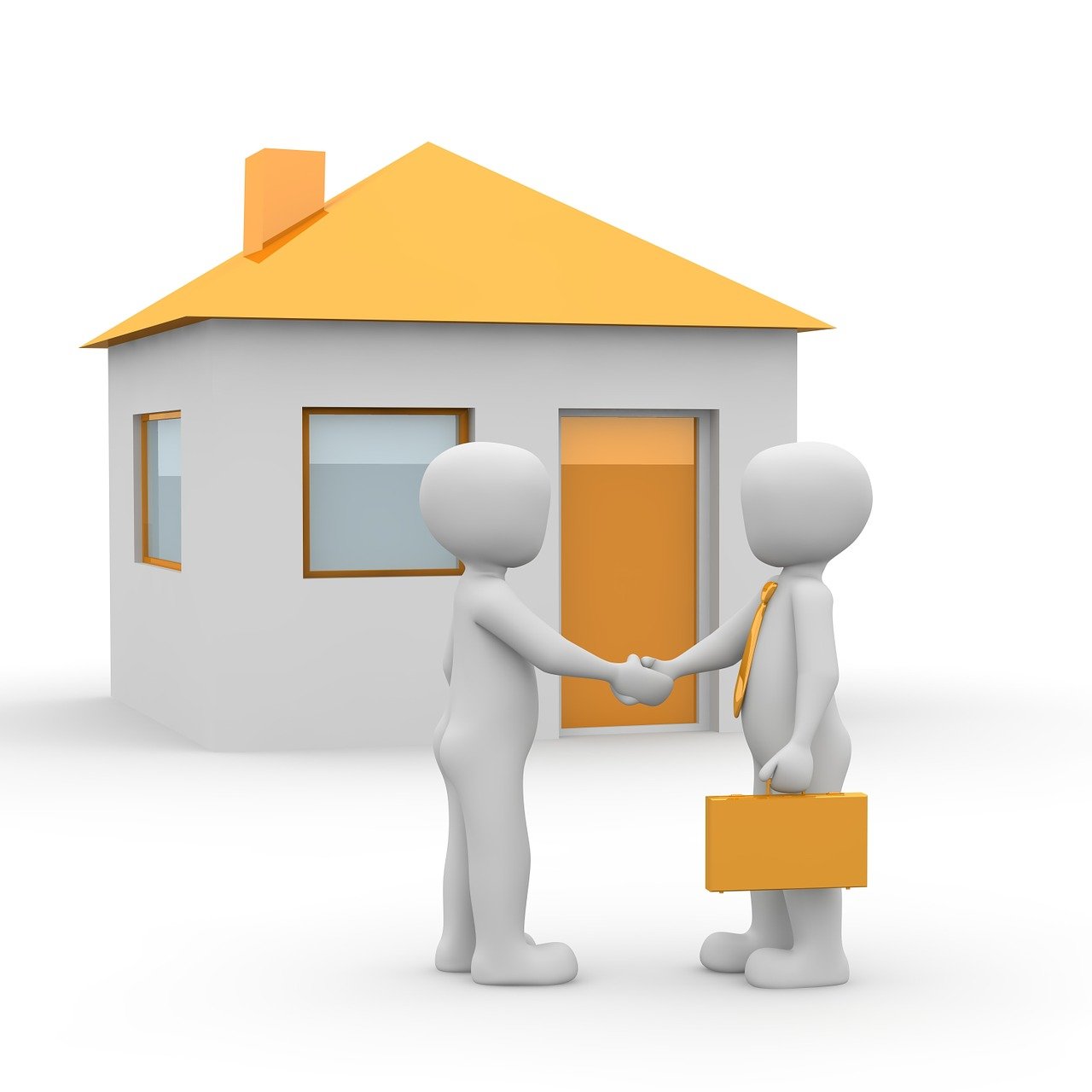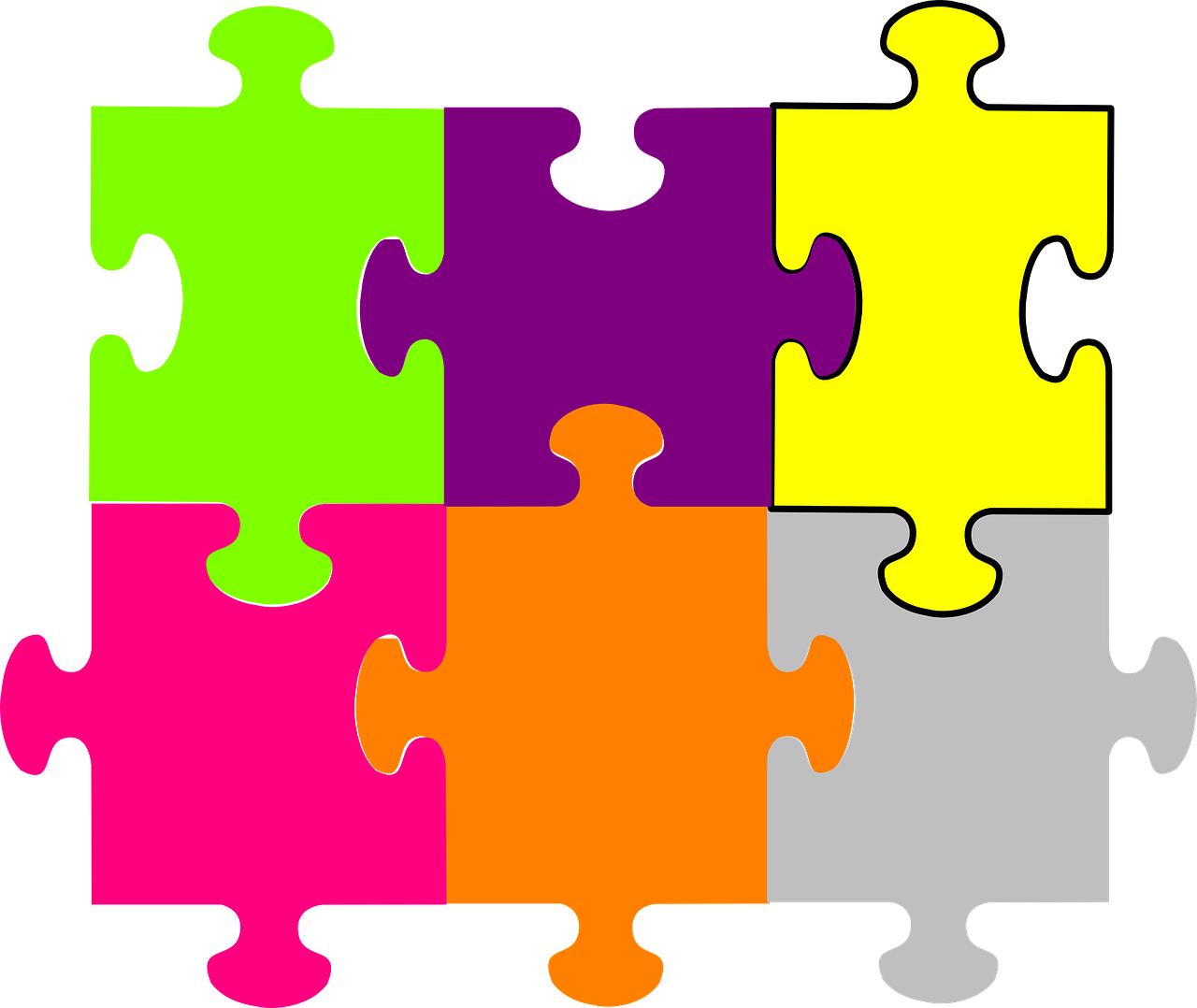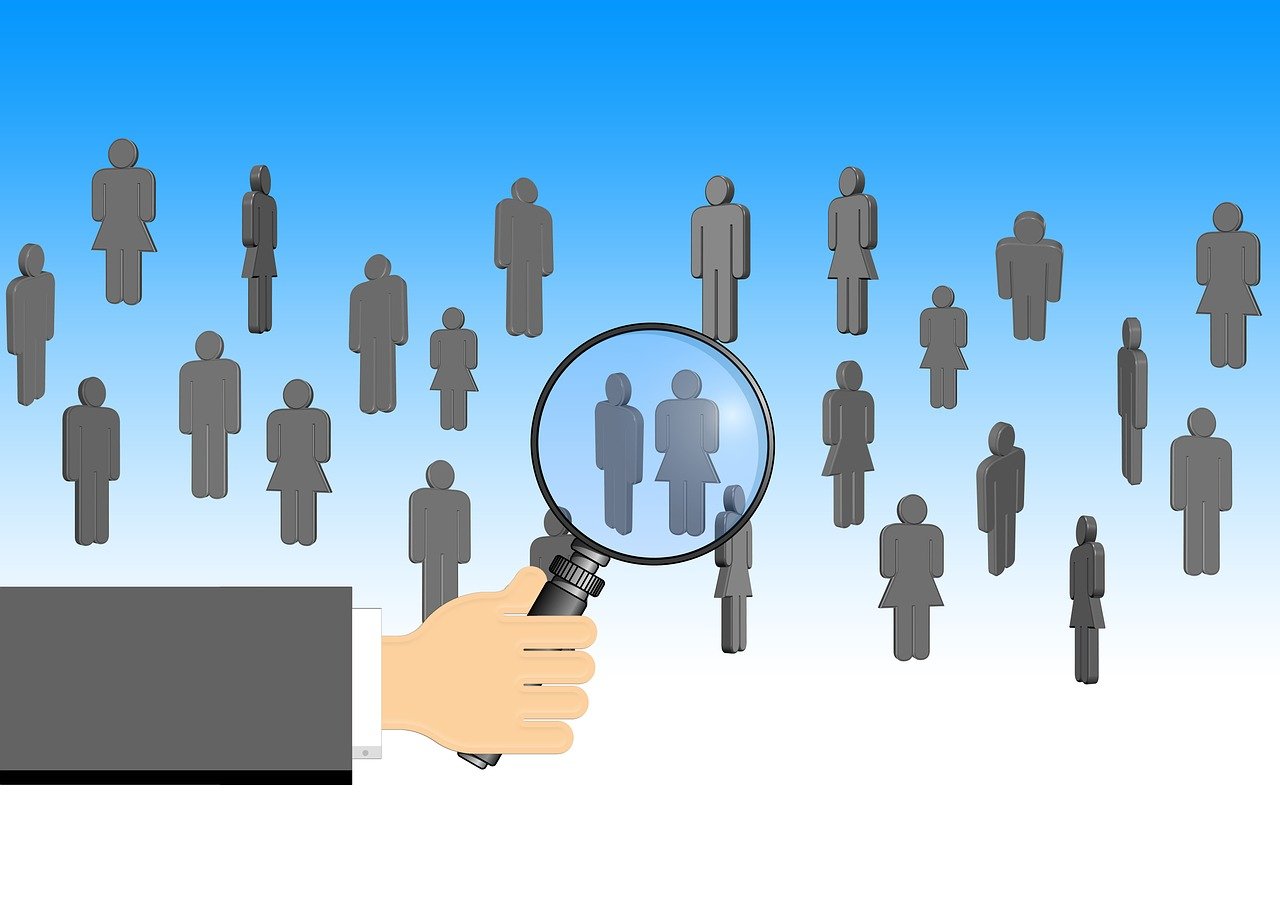地震是如何形成的,孩子们的趣味指南
Introduction
Have you ever felt the ground shake beneath your feet? Maybe you've even heard about a big earthquake happening far away. Earthquakes can be scary, but they're actually a natural part of our planet's life. In this fun guide, we'll explore how earthquakes are formed and why they happen. We'll keep it simple and exciting for you, so let's dive in!
What Is an Earthquake?
An earthquake is a shaking of the Earth's surface caused by the sudden release of energy deep within the Earth. These vibrations can be felt all around the world, depending on how strong the earthquake is. Sometimes, earthquakes can even be heard as loud rumbles or explosions.
How Earthquakes Are Formed
Earthquakes are caused by something called "tectonic plates." The Earth's surface is divided into large, moving pieces called tectonic plates. These plates are like a giant puzzle on top of our planet, and they move slowly over time. When two plates bump into each other or slide past each other, they can cause earthquakes.
1. Plate Boundaries
There are three main types of plate boundaries where earthquakes are most likely to happen:
Divergent Boundaries: These are places where two tectonic plates are pulling apart from each other. When this happens, new land is created in the form of volcanic islands or mountain ranges. For example, the Mid-Atlantic Ridge is a divergent boundary where new oceanic crust is formed.
Convergent Boundaries: These are places where two tectonic plates are colliding with each other. When this happens, one plate usually goes beneath the other, creating mountains or deep ocean trenches. The Himalayas in Asia and the Mariana Trench in the Pacific Ocean are examples of convergent boundaries.
Transform Boundaries: These are places where two tectonic plates are sliding past each other horizontally. These boundaries don't create new land or change the Earth's surface much, but they can still cause earthquakes. The San Andreas Fault in California is an example of a transform boundary.
2. Faults and Fractures
Within these plate boundaries, there are cracks or fractures in the Earth's crust called "faults." When tectonic plates move along these faults, they can cause earthquakes. There are three main types of faults:

Normal Faults: These occur at divergent and transform boundaries. When one plate pulls away from another, it creates a dip or drop in the Earth's surface, which we call a "graben."
Reverse (or Thrust) Faults: These occur at convergent boundaries where one plate goes beneath another. This causes an uplift in the Earth's surface, which we call a "horst."
Strike-Slip Faults: These occur at transform boundaries where two plates slide past each other horizontally. These faults can cause large earthquakes because they involve a lot of friction and energy release.
3. The Build-Up and Release of Stress
Over time, tectonic plates accumulate stress as they move slowly past each other. This stress builds up like a stretched rubber band until it reaches a breaking point. When the stress is released suddenly, it causes a sudden movement along the fault line, which we feel as an earthquake.
How Strong Can an Earthquake Be?
Earthquakes are measured on a scale called the "Richter Scale." The stronger the earthquake, the higher the number on the scale. A magnitude 1 earthquake is barely noticeable, while a magnitude 8 earthquake can cause widespread damage and destruction. The largest earthquake ever recorded was magnitude 9.5 and occurred in 1964 near Alaska; it was called the "Good Friday Earthquake."
What Causes Earthquakes to Happen More Often?

While earthquakes happen all around the world, some places are more prone to them than others. Here are some factors that can increase the likelihood of earthquakes:
Tectonic Plate Activity: Places with active tectonic plates are more likely to have earthquakes because they're constantly moving and accumulating stress.
Fault Location: Some faults are more prone to earthquakes than others because they're deeper or have more stress built up over time.
Earthquakes Triggering Other Earthquakes: Sometimes, one earthquake can trigger another nearby earthquake, which is called "aftershocks." This happens because the first earthquake releases stress that was building up in nearby areas.
Human Activity: While humans can't directly cause earthquakes, some activities like oil drilling or mining can disturb the Earth's crust and trigger small earthquakes. However, these are usually much weaker than natural earthquakes caused by tectonic plate movement.
How Do We Predict Earthquakes?
Predicting earthquakes is very difficult because we can't see or feel them coming. Scientists use special instruments called "seismographs" to detect earthquakes and study their waves to learn more about how they happen. They also look for patterns in past earthquakes to try to predict where and when future earthquakes might occur. However, predicting individual earthquakes with high accuracy is still not possible with current technology.
How Do We Prepare for Earthquakes?

Being prepared for an earthquake can help keep you safe during an earthquake and after it's over:
Drop, Cover, and Hold On: During an earthquake, it's important to drop to the ground, cover your head and neck with your arms or a pillow, and hold on to something sturdy until the shaking stops. Avoid windows, doors, and anything that could fall on you or crush you.
Secure Your Home: Make sure your home is safe by securing heavy furniture with straps or brackets and keeping heavy objects off shelves that could fall during an earthquake. Also, keep an emergency kit with food, water, and first aid supplies in an easy-to-reach place.
Know Your Safe Places: Identify safe places in your home where you can go during an earthquake, such as under a sturdy table or desk. Avoid places like windowsills or above ground-level where you could fall or be injured by falling debris.
Practice Drills: Practice earthquake drills with your family so you know what to do when an earthquake happens. This will help you stay calm and act quickly during an actual emergency.
Stay Informed: Stay informed about local earthquake risks and learn about emergency response plans in your community. This will help you know what to do if an earthquake occurs near you.
Conclusion
Earthquakes are a natural part of our planet's life caused by the movement of tectonic plates beneath our feet. While predicting earthquakes is difficult, being prepared and knowing what to do during an earthquake can help keep you safe. Remember to drop, cover, and hold on during an earthquake and always stay informed about local earthquake risks in your area! With this fun guide, we hope you learned more about how earthquakes are formed and why they happen!





还没有评论,来说两句吧...